23 for 2018: A first projection of the next USA World Cup roster

Now that the United States is out of the 2014 World Cup, it might be cathartic to look ahead to four years from now and take a glimpse into who may be representing the country on the grand stage in Russia.
If history is any indication, it will be a much different group than the one that reached the round of 16 in Brazil before succumbing 2-1 to Belgium in extra time on Tuesday.
Only six players made both of the USA's 2010 and 2014 World Cup squads. Eight players from the 2006 team also played in 2010. World Cup cycles are four years long, and it's natural for there to be lots of turnover. For the first time in three World Cups, though, the U.S. should have the same manager. Jurgen Klinsmann is under contract through 2018 and his familiarity with the player pool should make it easier to see an improvement while maintaining some continuity.
For comparison's sake, the last manager to coach the U.S. in two straight World Cups, Bruce Arena, carried 12 players over from his first cycle in 2002 to his second in 2006.
Taking into account the players coming through the development pipeline, those established on the senior level and those whose time on the World Cup stage has likely come and gone, here is a very early estimation of the U.S.’s 2018 World Cup roster (provided, of course, the USA qualifies for its eight straight World Cup):
Goalkeepers (3): Cody Cropper, Brad Guzan, Bill Hamid
End of the Road: USA's World Cup run ends with dramatic loss to Belgium
Brad Guzan has the unenviable task of trying to fill Tim Howard’s gloves after a legendary 16-save performance against Belgium and countless other matches on the big stage. Howard, who will play the next four years at Everton, is not entirely out of the picture, but he'll be 39 come the next World Cup, and he admitted to the Dan Patrick Show on Wednesday that Guzan is likely to be between the posts in 2018. Guzan is the clear frontrunner as the next No. 1, with Southampton’s Cody Cropper and D.C. United’s Bill Hamid leading the battle to back him up in Russia.
Both have spent time with youth national teams in the past, but Cropper has a more mature, settled feel to his game than Hamid. However, if Hamid can harness some of his extraneous energy, his athleticism rivals those of the best in the world.
Defenders (8): Matt Besler, John Brooks, Geoff Cameron, Greg Garza, Omar Gonzalez, Fabian Johnson, Will Packwood, DeAndre Yedlin
The core of the American defense is young enough that it should return with more experience playing together and with more individual experience at the professional and international levels. The various central pairings that had their shaky moments in qualifying for and during the World Cup in Brazil will be four years more cohesive in Russia.
USA transitions between eras in World Cup comeback effort vs. Belgium
Club Tijuana left back Greg Garza is one of a few true left backs in the American player pool, and he had a stellar season for the Xolos in 2013-14. Much like DeAndre Yedlin on the right, he probably attacks better than he defends, but with the depth at center back increasing, having them on the roster increases the team’s tactical flexibility to change systems if desired or necessary.
Packwood, a versatile 21-year-old center back for Birmingham, is already on Klinsmann's radar after receiving a call-up ahead of the USA's friendly against Ukraine in March.
Midfielders (7): Michael Bradley, Joe Corona, Mix Diskerud, Luis Gil, Julian Green, Joe Gyau, Kelyn Rowe
This is where it gets interesting. Midfield is probably the deepest section of the player pool, although there seems to be a shortage of out-and-out wingers, and the defensive midfield likes of 32-year-olds Jermaine Jones and Kyle Beckerman will almost certainly be aged out of contention. With talented central players such as Gil and Corona, combined with the experience of Bradley, who will be 30 come 2018, the possibilities here are numerous.
Attack-minded Belgium finds way through USA, defiant Tim Howard
In four years, a lot could change. Among the other names that could be on this list include Wil Trapp, Amobi Okugo, Junior Flores, Dillon Powers, Shane O'Neill, Perry Kitchen, Benji Joya and Christian Pulisic. The U.S. has plenty of midfielders learning the proactive, attacking style that Jürgen Klinsmann has said he wants out of his team. Before the World Cup rolls around, these players will have their chance to prove they can play that way in the Olympics, Gold Cup and Copa América, and potentially the 2017 FIFA Confederations Cup.
Forwards (5): Juan Agudelo, Jozy Altidore, Clint Dempsey, Aron Jóhannsson, Jordan Morris
USA exits World Cup with defiance, on Jurgen Klinsmann's playing terms
Jozy Altidore, who will be 28 at the time, should be back for his third World Cup in Russia, and although he will be 35 by then, captain Clint Dempsey could also be on the roster. His style is more conservative physically, which should allow him to continue playing for four more years at the international level. At the very least, the team could use his experience and leadership in what would be his fourth World Cup. If his form dips significantly, though, Klinsmann has shown he isn't afraid to cut ties with an established star and there's nothing stopping him from giving Dempsey the Landon Donovan treatment if others in the player pool narrow the gap.
Juan Agudelo’s club situation should be settled in four years’ time, which will allow the potential-filled forward to focus more on producing and less on having to pack his suitcase every few months. Another young player with an exciting future is highly touted U-21 forward Jordan Morris, currently playing at Stanford, but who was pictured in training with the senior national team during its pre-World Cup camp in Palo Alto, Calif., this spring.
Wild Cards (3): Diego Fagúndez, Darlington Nagbe, Gedion Zelalem
Fagúndez, Nagbe and Zelalem could fit into the U.S. picture, but their citizenship statuses make this more of a question mark right now. Nagbe would be one of the most talented in the player pool, but the Portland Timbers midfielder moved to the U.S. from Liberia when he was 11. Similarly, the Uruguayan-born Fagúndez moved to Massachusetts at age 5, and German-born Zelalem only lived in Maryland for seven years before moving to join Arsenal. Any or all of them gaining U.S. citizenship and eligibility would enhance Klinsmann's options four years from now.
GALLERY: Shots from Belgium 2, USA 1
U.S. vs. Belgium
Belgium 2, U.S. 1
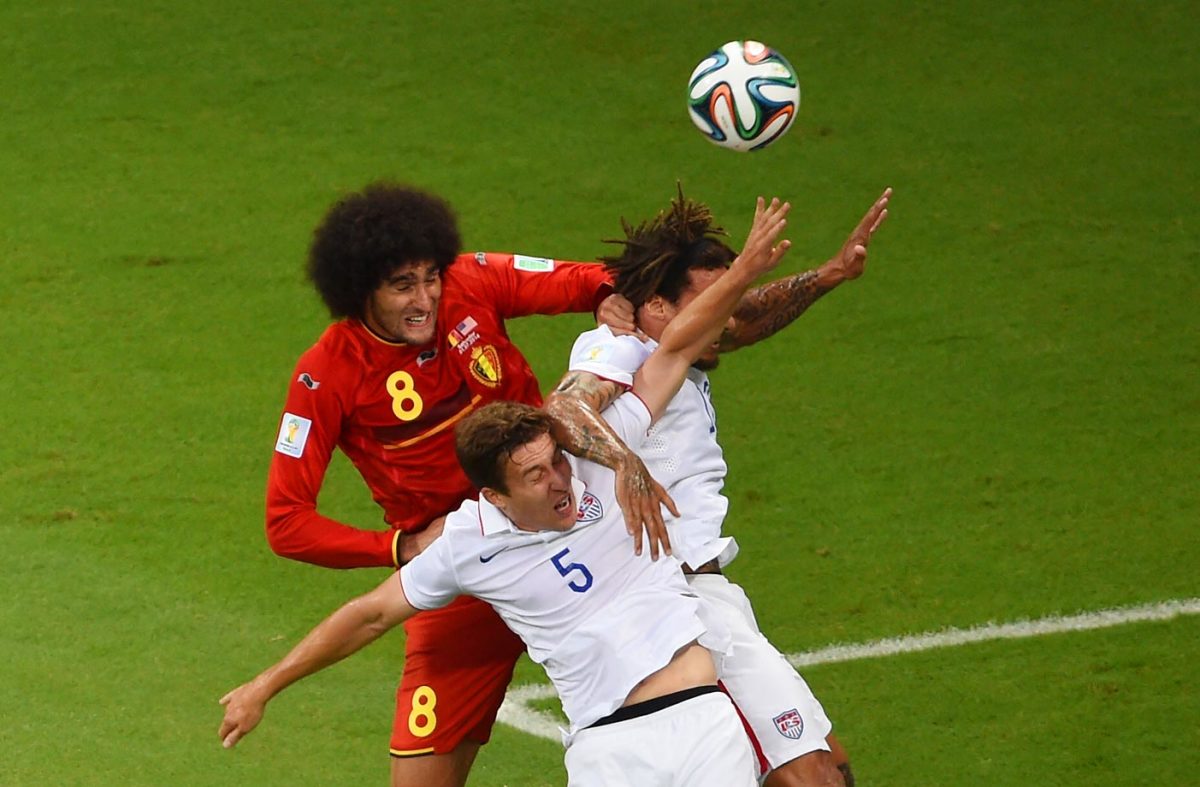
American teammates Matt Besler and Jermaine Jones challenge Belgium midfielder Marouane Fellaini in the first half.
Belgium 2, U.S. 1
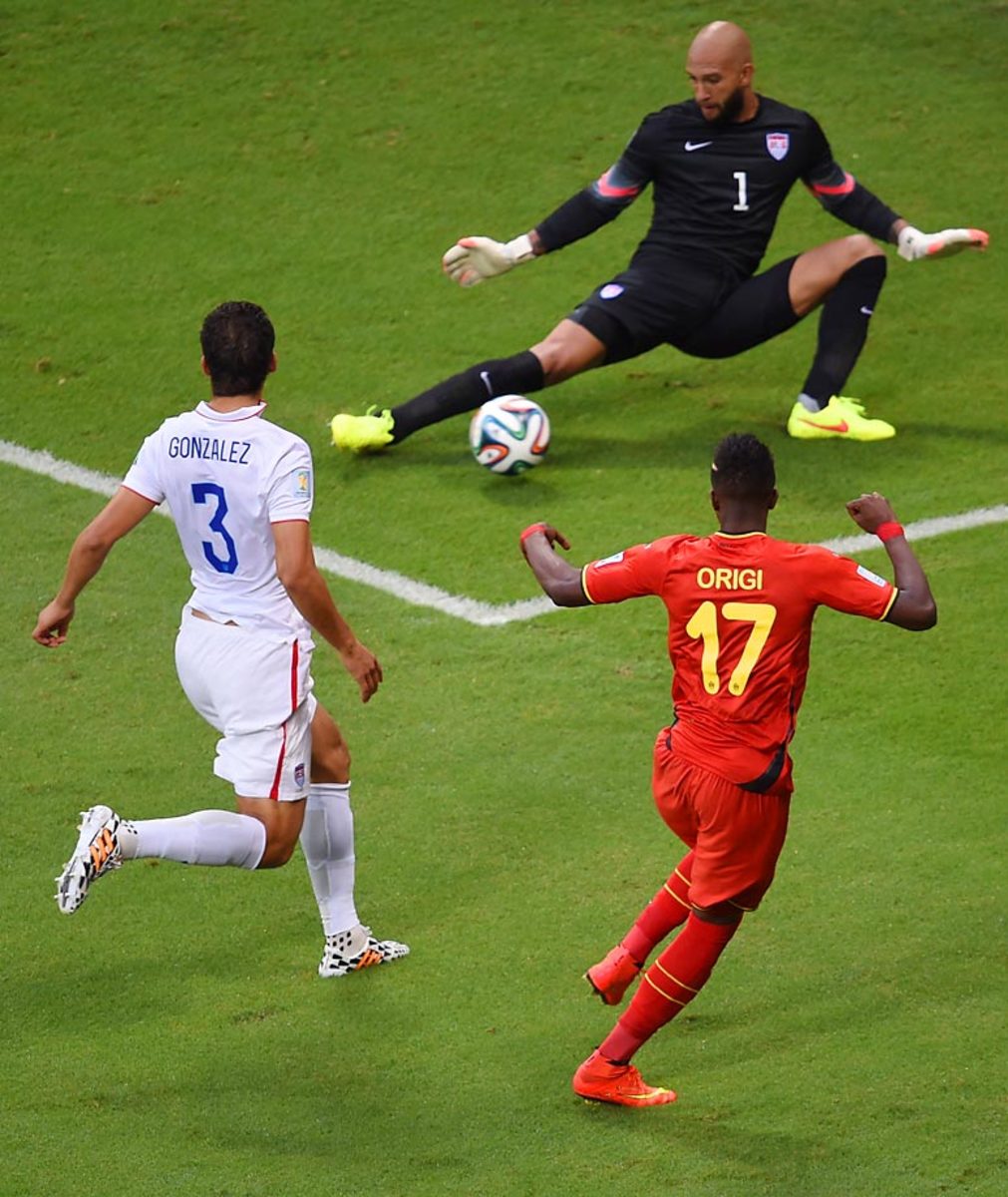
American goalkeeper Tim Howard is tested early on in the match against Belgium.
Belgium 2, U.S. 1
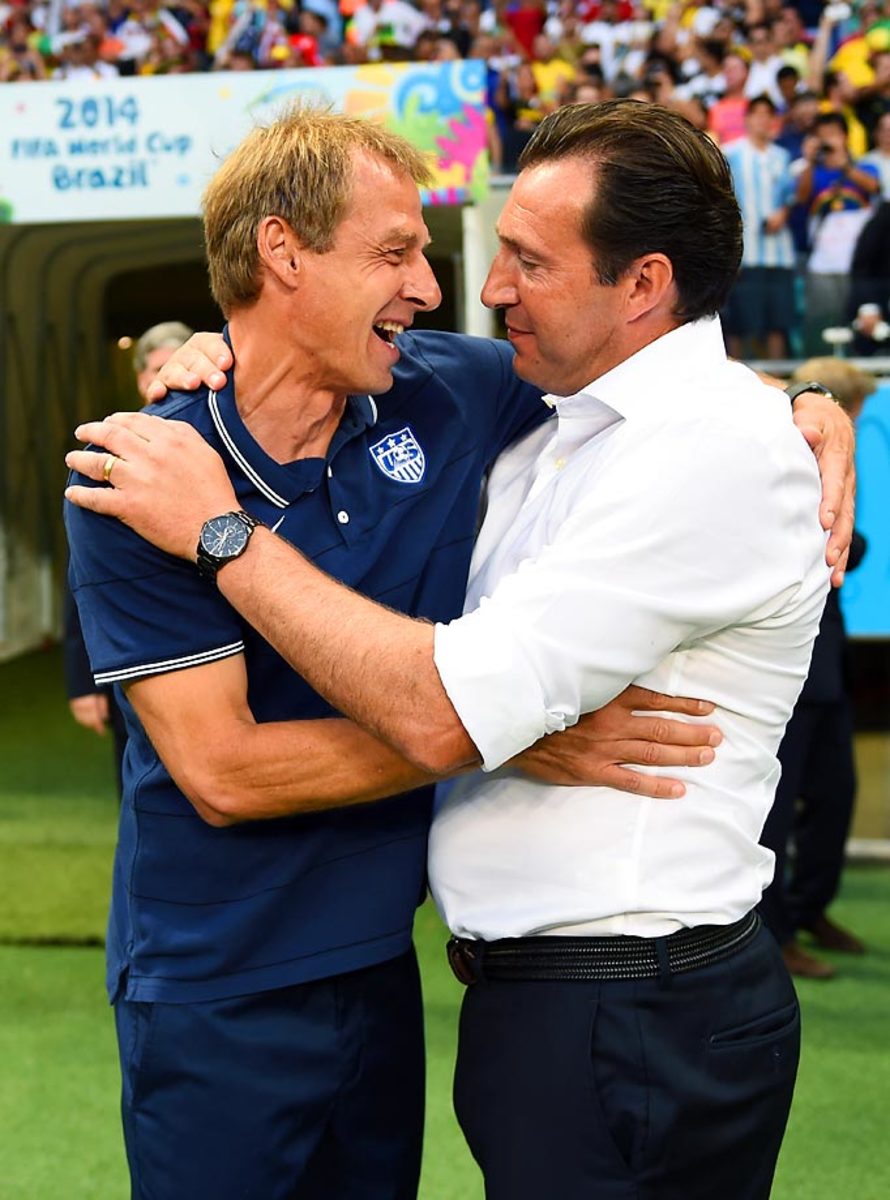
Head coaches Jurgen Klinsmann and Belgium's Marc Wilmots greet each other before kickoff.
Belgium 2, U.S. 1
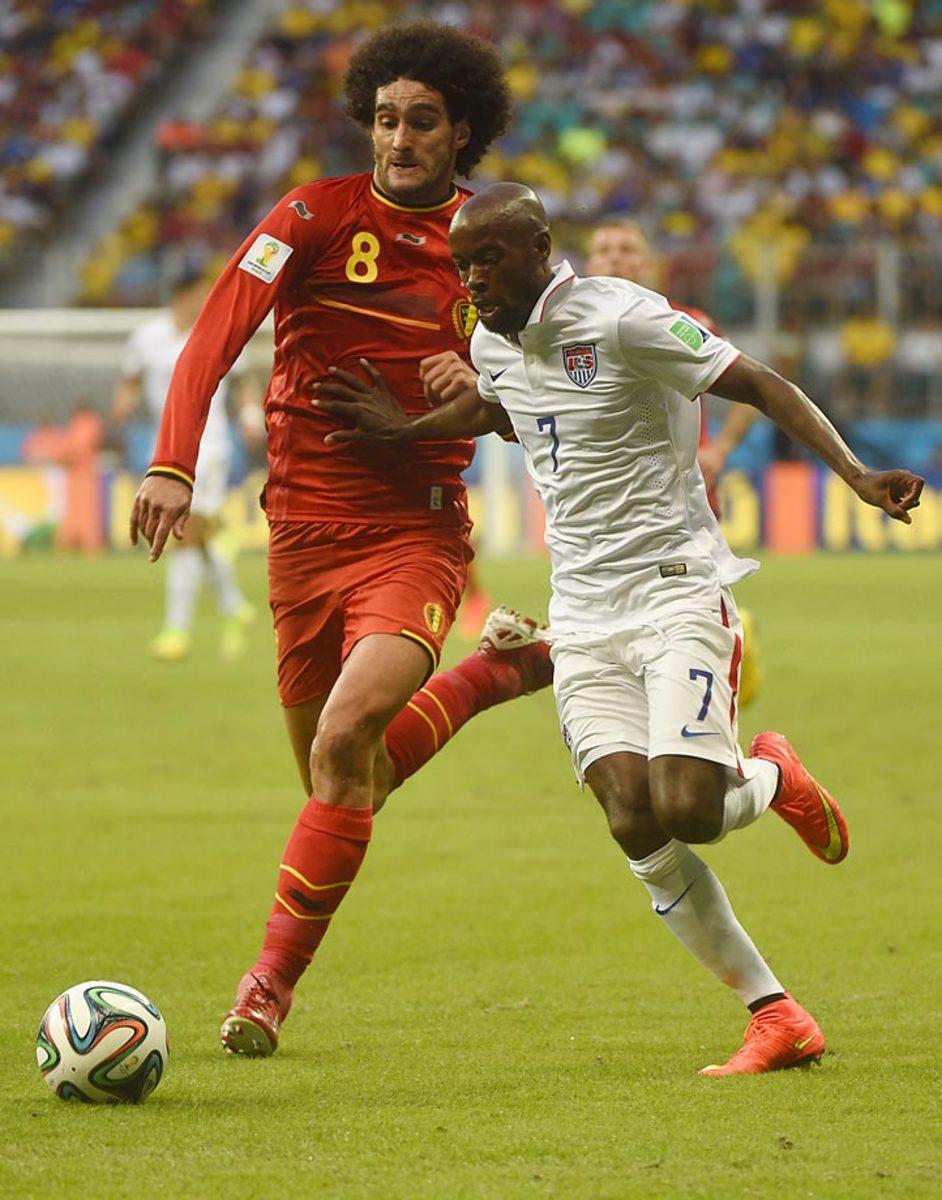
Belgium midfielder Marouane Fellaini and U.S. defender DaMarcus Beasley jockey for position as they chase after the ball.
Belgium 2, U.S. 1
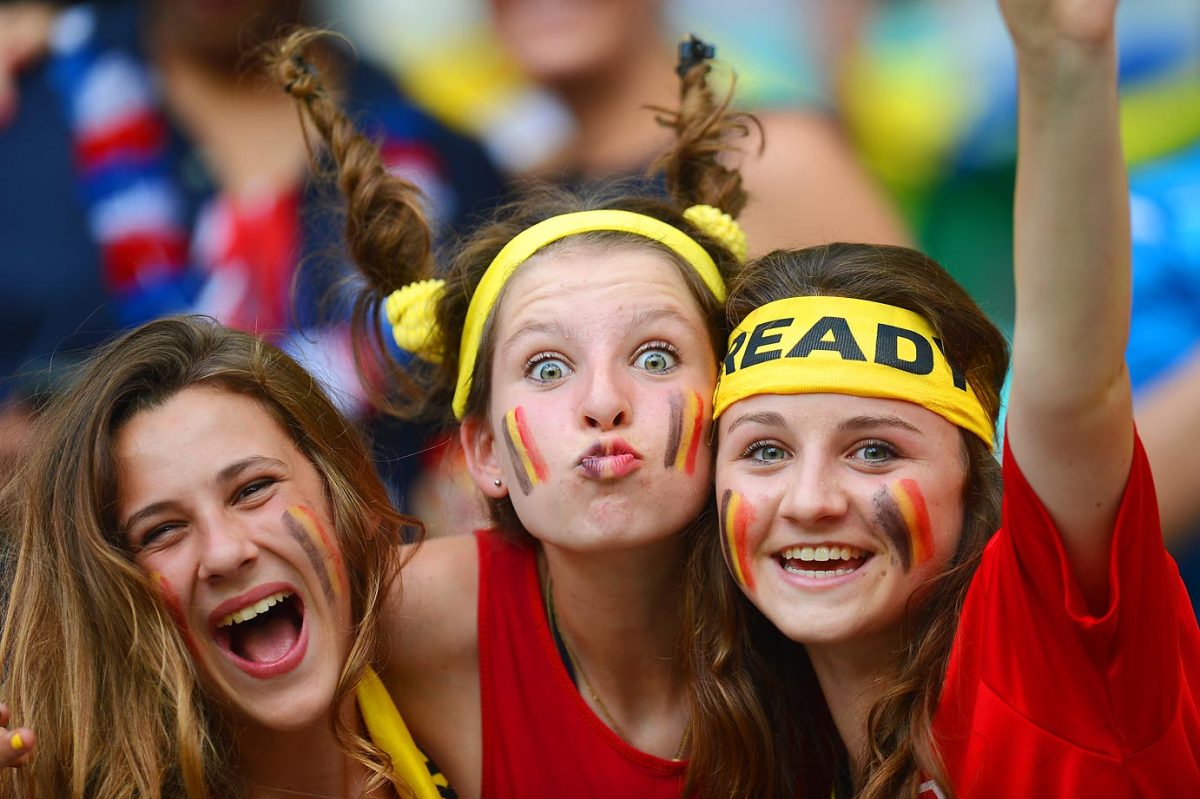
Belgium fans soak up the atmosphere prior to the game against the U.S.
Belgium 2, U.S. 1
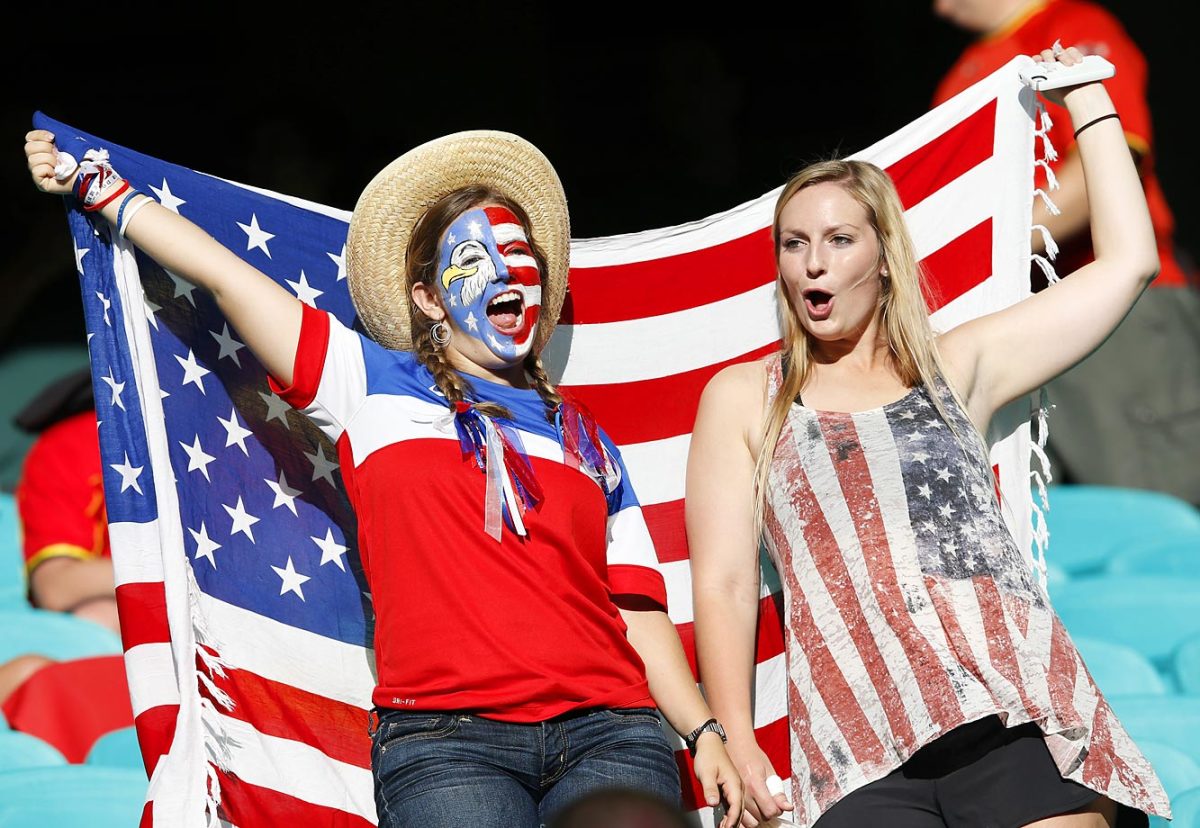
U.S. fans cheer during the game.
Belgium 2, U.S. 1
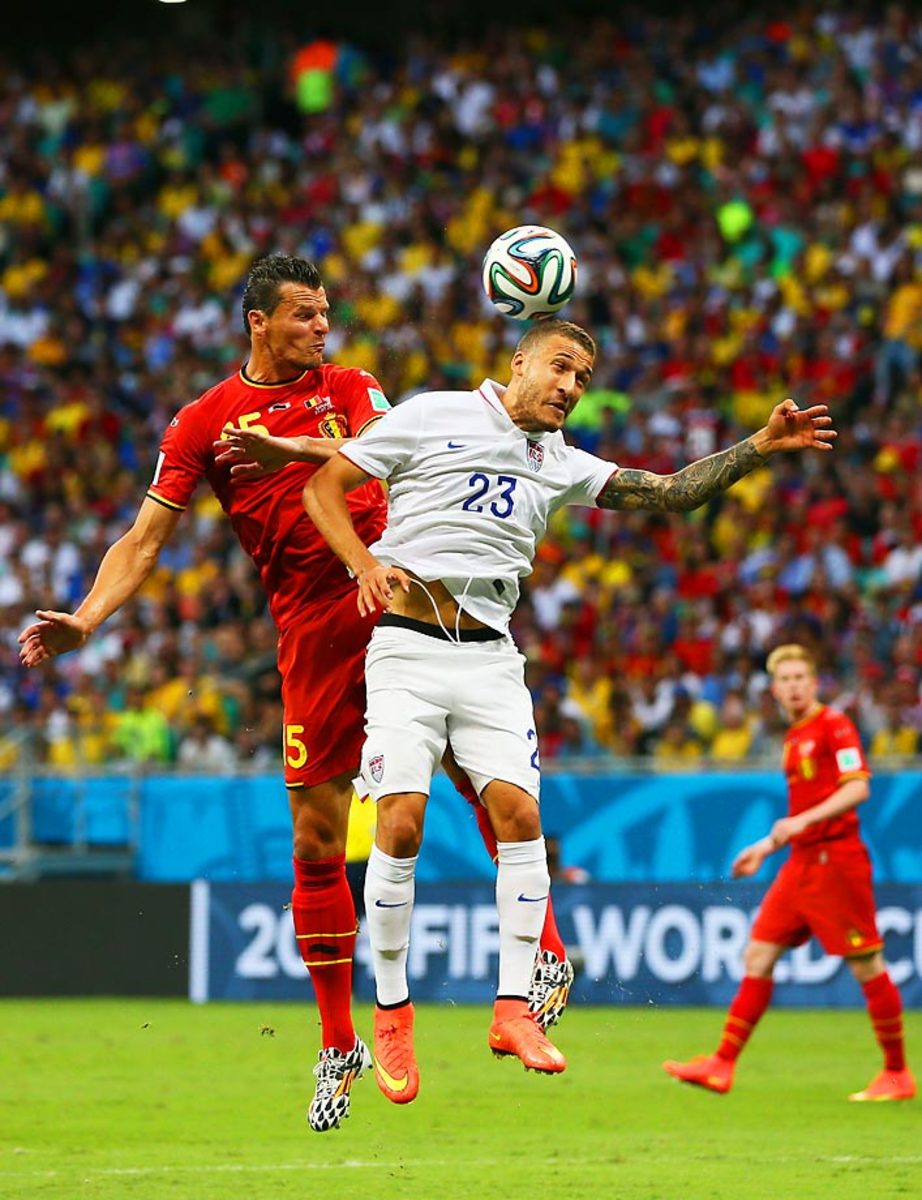
United States' Fabian Johnson and Belgium's Daniel Van Buyten go up for a header.
Belgium 2, U.S. 1
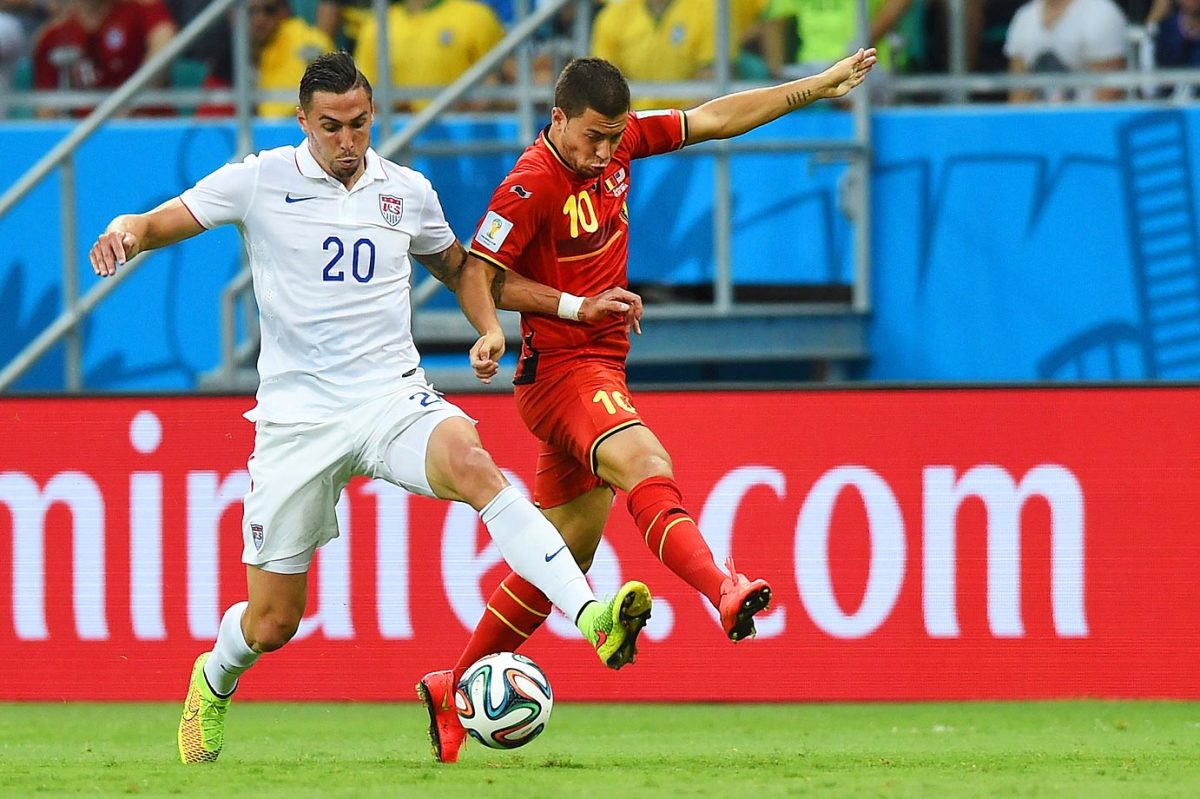
American defender Geoff Cameron tries to hold off Belgium's Eden Hazard.
Belgium 2, U.S. 1
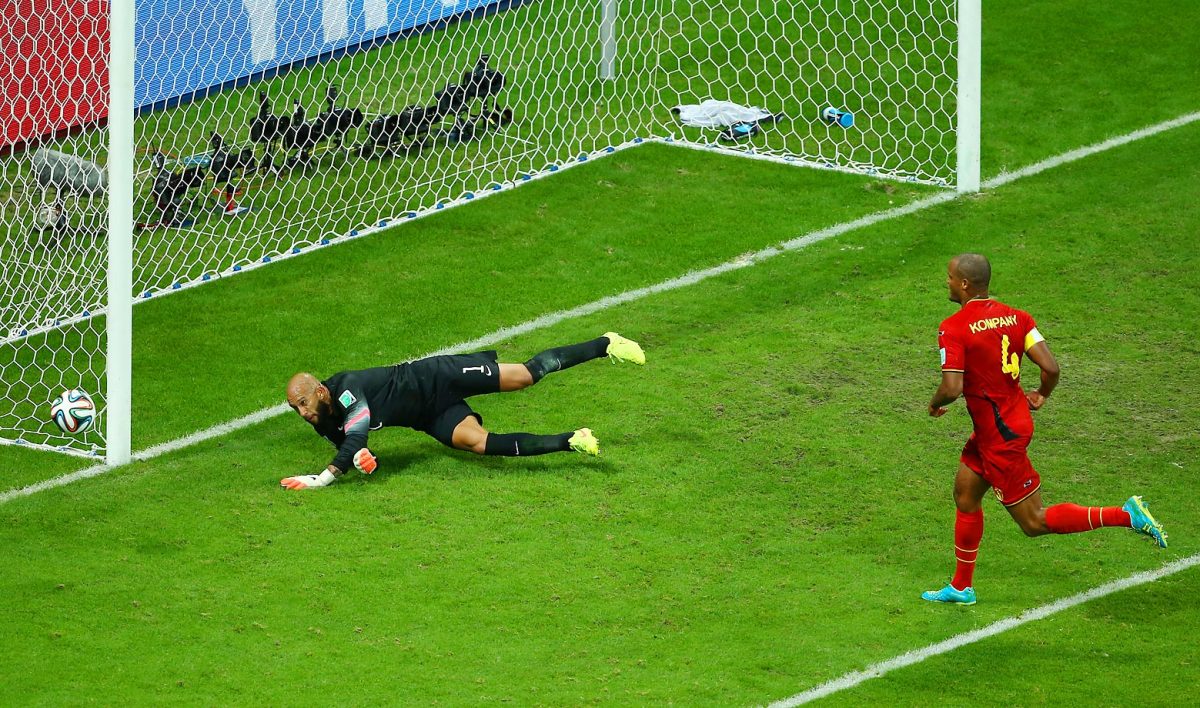
American goalie Tim Howard saves Belgian defender Vincent Kompany's shot in the second half.
Belgium 2, U.S. 1
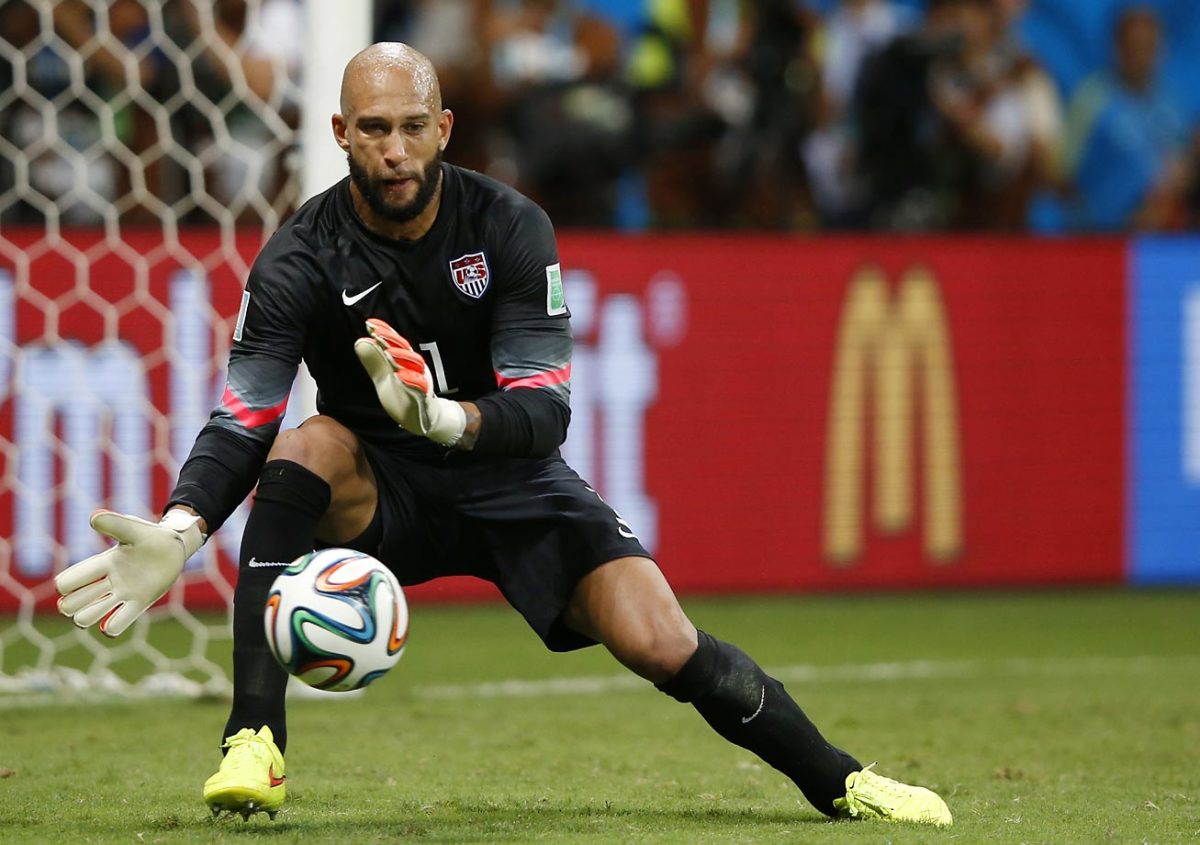
Tim Howard makes a save in extra time of the U.S.-Belgium Round of 16 match in the World Cup at Arena Fonte Nova in Salvador, Brazil. The American goalie made a total of 16 saves on the night, setting a new record for the most saves in recorded World Cup history.
Belgium 2, U.S. 1
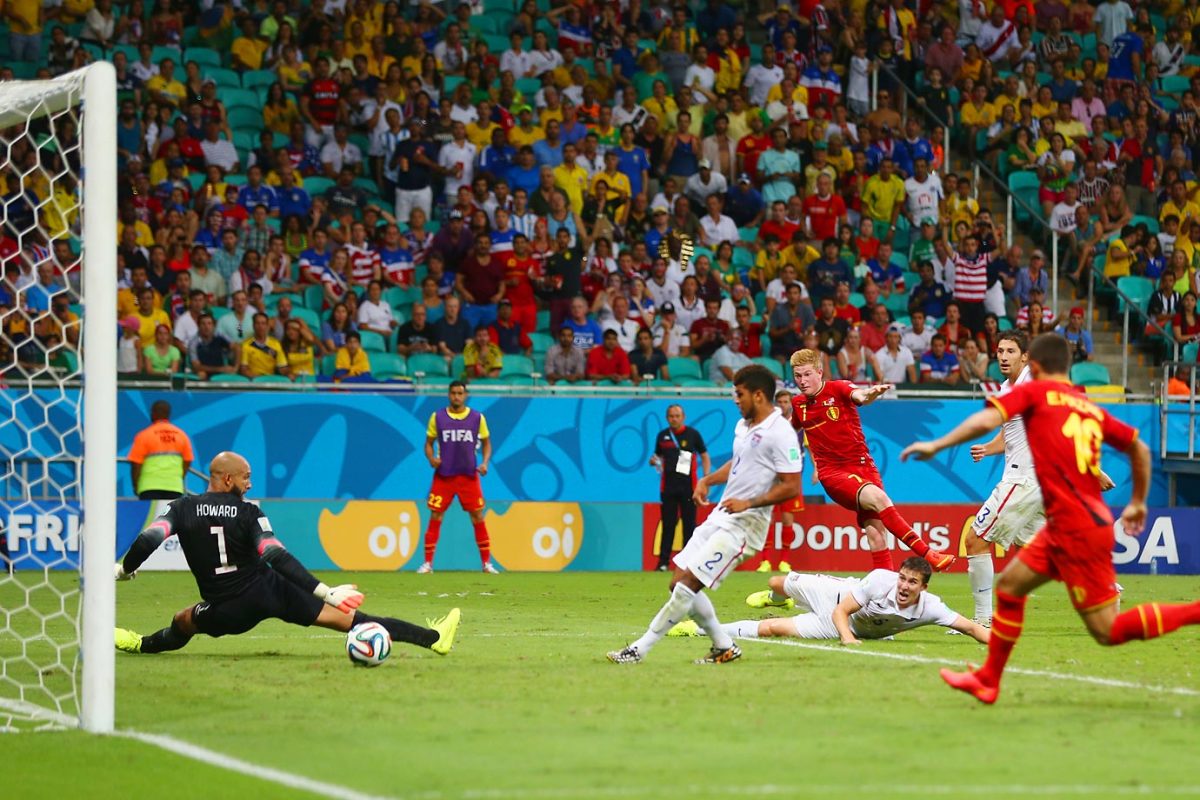
Belgian midfielder Kevin de Bruyne (#7) scores for his country in the first half of extra time, breaking the 0-0 deadlock.
Belgium 2, U.S. 1
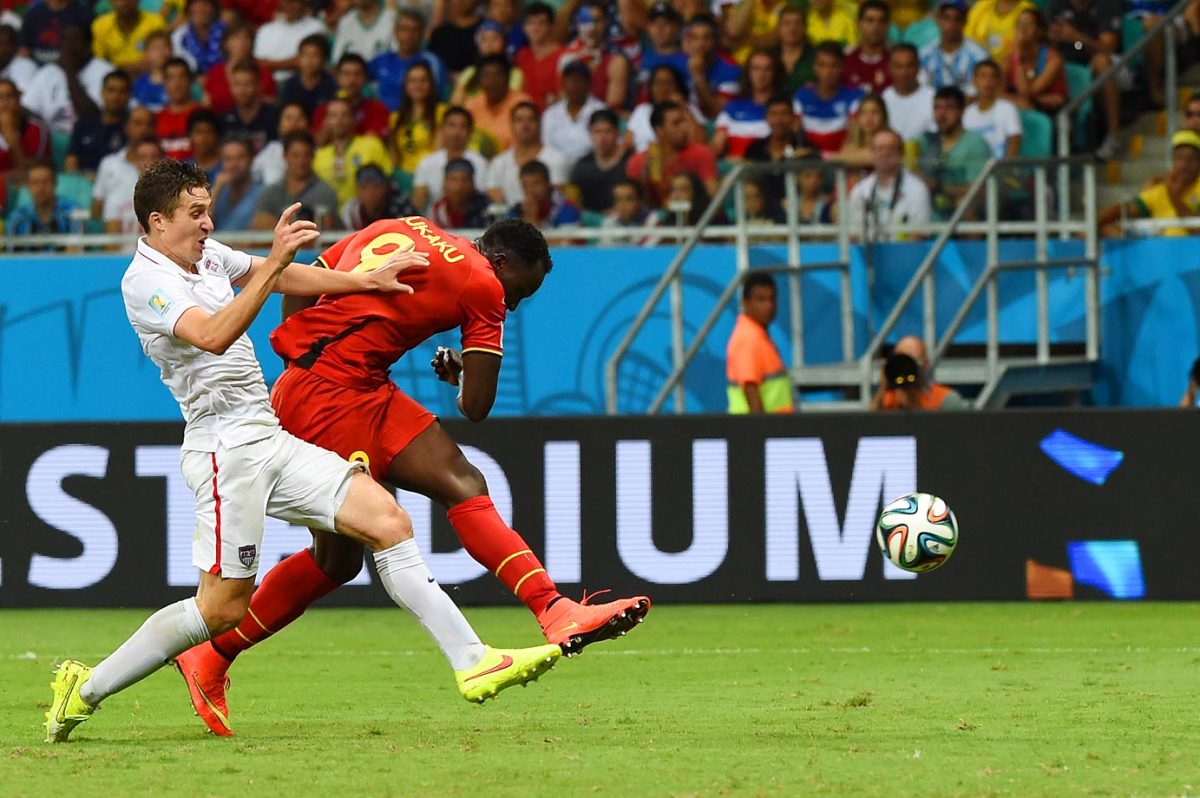
Belgium's Romelu Lukaku shoots and scores his country's second goal of extra time against the U.S.
Belgium 2, U.S. 1
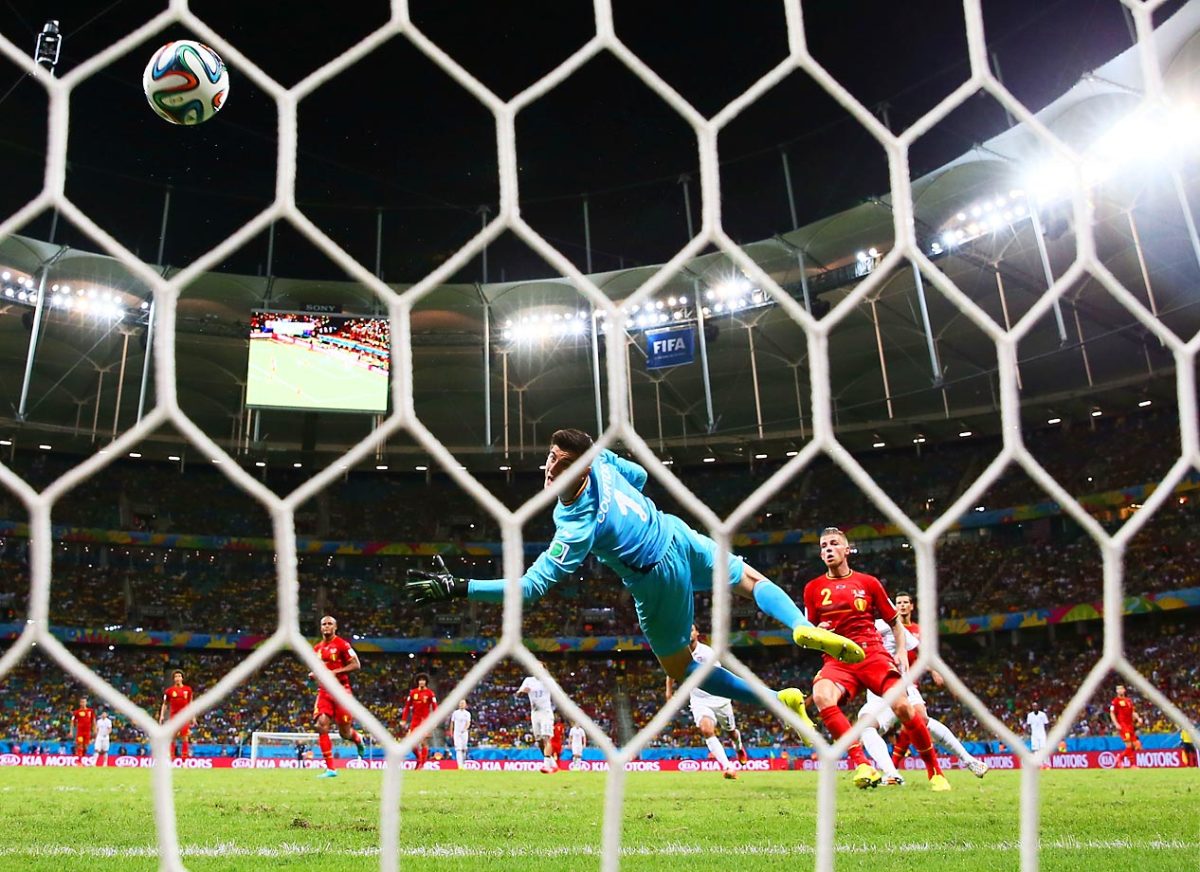
Belgian goalie Thibaut Courtois looks behind him as American substitute Julian Green's shot goes in to make the score 2-1.
Belgium 2, U.S. 1
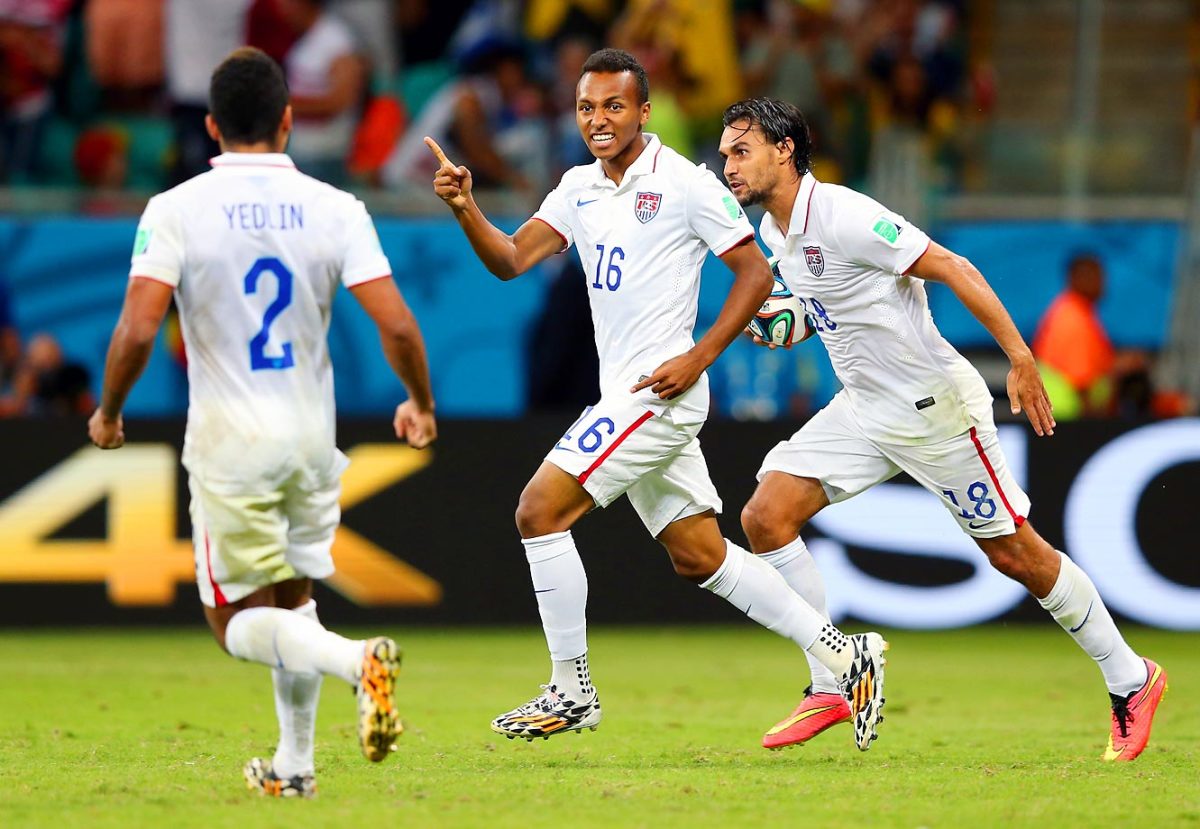
U.S. substitute Julian Green (#16) celebrates his extra time goal that made the score Belgium 2-1 United States. Unfortunately the U.S. couldn't capitalize on the momentum Green's goal created and eventually lost the game.
Belgium 2, U.S. 1
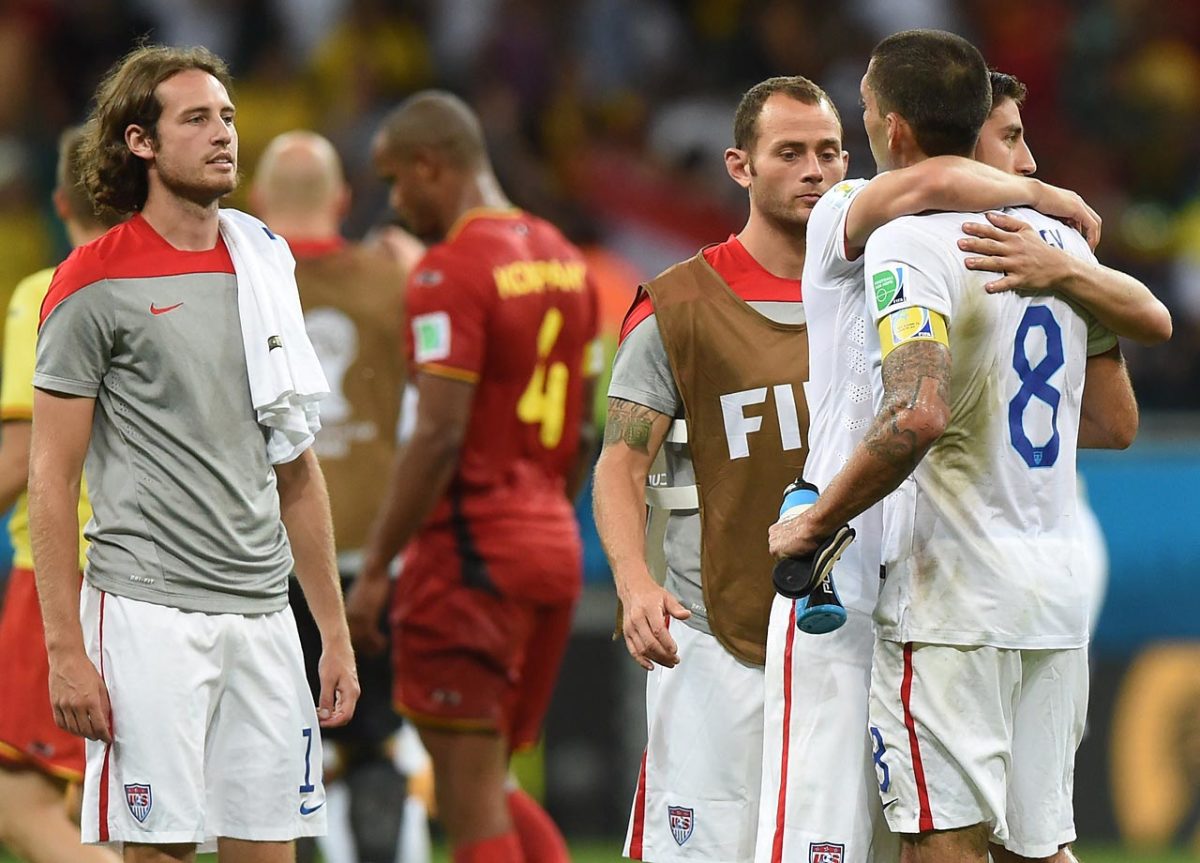
American players console each other after the loss while Belgian players celebrate in the background.
